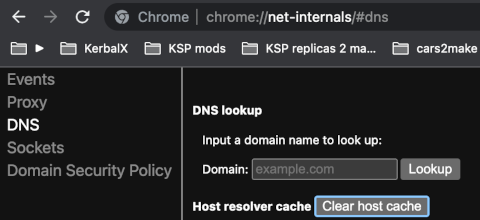I’m late to the party, but maybe that’s better. I’ve forgotten some of the hype around AI, and the pace of innovation has settled down a little. Think of ChatGPT as a thinking tool with access to an internet-sized – but imprecise – database. That database was last updated in September 2021, and is imprecise because due to how neural networks work. The thinking part of this tool is rudimentary, but powerful. It does many things well with the correct input, but also fails spectacularly with the “wrong” input.
I separate the idea of what ChatGPT is from how it functions and where its knowledge comes from, because it helps me think of uses while remembering its limits. For example, I used it to help me journal more effectively, but when I tried to probe its knowledge of Havana Syndrome – a conspiracy theory commonly presented as fact by USA officials, it expressed useless information, because it has no conception of how it knows anything, or where its knowledge comes from.
Things ChatGPT is Good At
This list is presented in no particular order, but it is important to stress that AI often lie and hallucinate. It is important to always verify information received from AI. This list is based on my experiences over the past month, and will be updated as I use ChatGPT more. It is not comprehensive, but is intended to be what I find most useful.
- Socratic method tutoring: The Socratic method is essentially “Asking questions helps you learn.” ChatGPT is very good at explaining topics, just make sure you verify its explanations are factual. (Questions I asked: Why are smooth-bore tanks considered more advanced while rifling in guns was an important innovation? Why do companies decrease the quality of tools over time?)
- Writing: ChatGPT tends to be too verbose, but you can make it simplify and rewrite statements, and it can help you find better ways to write. (I asked it to explain the Socratic method a few times, then wrote my own version.)
- Scripting: I created a utility script for file statistics in 2-3 hours by refining output from ChatGPT. The end result is more reusable, better written, and more functional than it would’ve been if I had worked on it alone. And that’s ignoring the fact that I got something I liked far faster than I would’ve on my own. (Just.. you need a programmer still. It can do some pretty cool things on its own, but also forgets how to count often.)
- Planning: This is a todo item for me. I haven’t successfully used it for planning yet, but I intend to, and have heard of good results from others.
Things ChatGPT is Bad At
- Facts & math: AI hallucinate. Check everything they teach you.
- Finding sources: ChatGPT’s knowledge is formed by stripping the least useful data out of most of the internet, and who said what is far less important than specific pieces of knowledge – like how do you make a heading in HTML?
- An unbiased viewpoint: While ChatGPT is fairly good at avoiding most bias, everything is biased. Removing bias completely is impossible. Discussing anything where there is strong motive to present a specific viewpoint will lead to that viewpoint being presented more often than an unbiased viewpoint.
- Violent, illegal, and sexual content: While it is possible to bypass OpenAI’s strict handling of content, it is difficult, inconsistent, and can lead to having access revoked. Sadly, this prevents many ethical use cases due to a heavy-handed approach, and embeds the bias of OpenAI’s team into the model directly. There are ways around this with non-ChatGPT models.
- What to do in Minecraft: I tried so many TIMES to get interesting ideas. It just can’t do it.
Things ChatGPT is Okay At
It’s important to know where AI can be a useful tool, but must be used carefully due to mixed results, so I am also including a list of things that work sometimes.
- Advice: Similar to the Socratic method, a back and forth conversation can help you with your thoughts. Just be aware that ChatGPT can give some really bad advice too. For example, I wanted to see what it had to say on turning hobbies into jobs, and it covered none of the downsides, only talking about it as a purely positive experience.
- Game design: I have spent too much time telling ChatGPT to design games for me. It will generate an infinite rabbit-hole of buzzwords and feature ideas, but cannot understand the concepts of limited time or scope. If you try to follow its designs, you will never complete anything.
- Summarizing: If given text as input directly, when it is short enough, a summary can be reliably generated. If asked to summarize something extremely popular before its data cut-off, the summary can be okay. The drop-off on this is insane. Try asking it about Animorphs for example, something talked about occasionally, and certainly known about, but not something it can summarize.
This draft sat around for about 2/3rd of a month nearly complete. I would like it to have even more information, but I would like it more for it to be public. Apologies if it was a little short for you, but hopefully someday I’ll make a better version.




